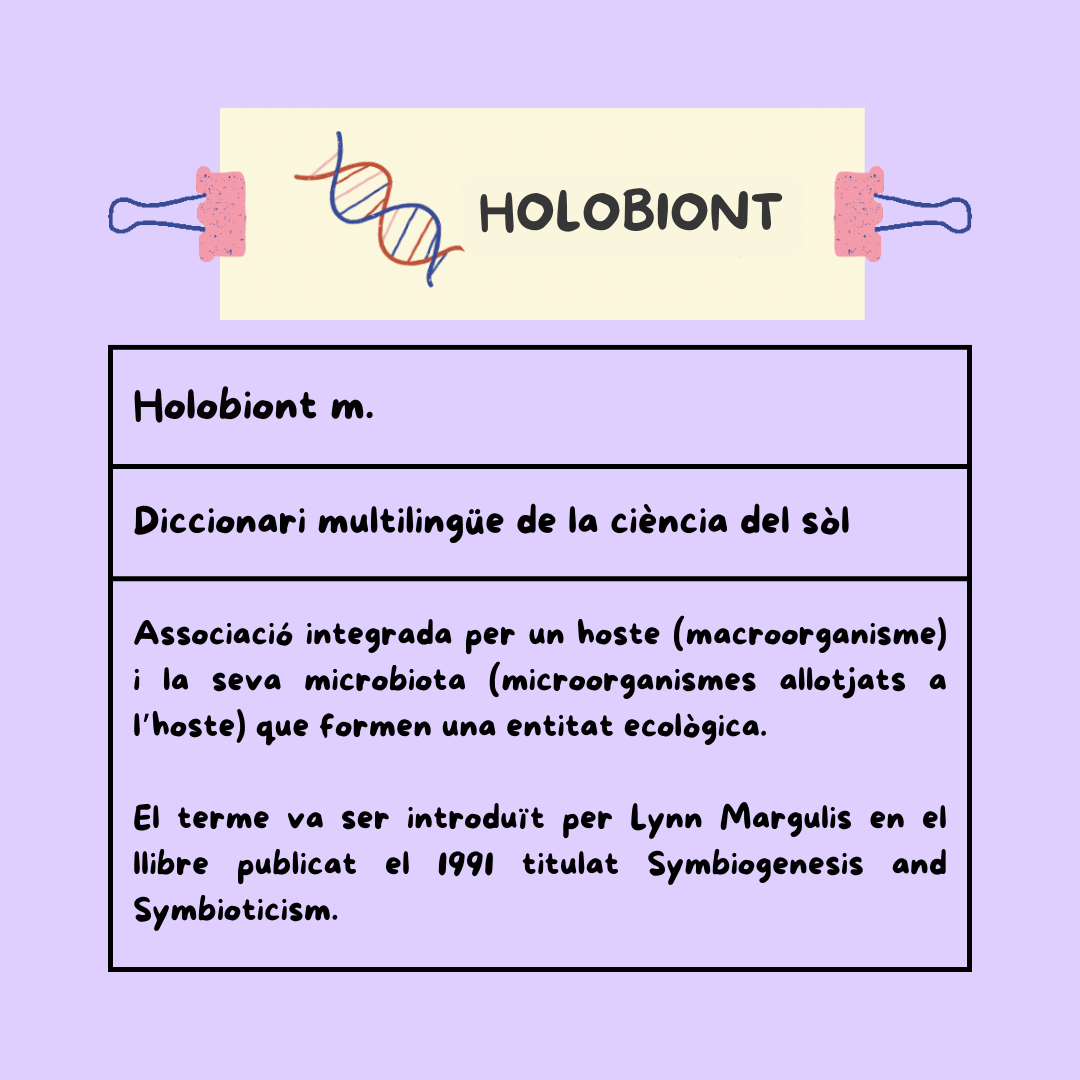Insularity syndrome: Study of Microbial Symbiosis in the Balearic lizard of the Mediterranean islands
Barcelona, February 14, 2024
In April 2024, an innovative project by Dr. Laura Baldo, principal investigator of the Host-microbiota Ecology and Evolution (Evok) group, Biodiversity Research Institute (IRBio) and the Faculty of Biology of the University of Barcelona, will start in collaboration with CSIC researcher Giacomo Tavecchia, from the Mediterranean Institute of Advanced Studies (IMEDEA) in Mallorca. The project titled ISLAB “The syndrome of insularity: towards an integration of life history, intestinal symbionts and population dynamics”, focuses on exploring the role of microbial symbiosis in the local adaptation and diversification of the Balearic lizard, Podarcis lilfordi, a species unique to the Mediterranean islands. The project will also have the collaboration of other institutions such as the University of the Balearic Islands and the University of Alcalá, providing an interdisciplinary perspective of the study.
A microbial metagenomic study of the Balearic lizard
Balearic lizards have closed populations on small islands, which offers an ideal system to study the microbial community in their intestines. The main objective of the project is to determine if microbial symbiosis influences the metabolic adaptation of these lizards, especially in an environment where resources are scarce. For more than a decade, the Balearic lizard has been the subject of demographic studies providing a rich set of individual and population data, including sex, age, biometric and survival data. The idea of integrating these data with the study of microbial symbiosis arose as an opportunity to take advantage of the information accumulated over the years.
The project dives into the study of lizard life history traits, revealing valuable information about local adaptation and environmental changes. According to Dr. Baldo, the research seeks to understand how the intestinal microbiota helps lizards to face different challenges, such as climate change: "The idea is that the intestinal microbiota can confer certain metabolic plasticity to the lizard, and this helps take advantage and optimize the use of resources, with a direct impact on their survival". The researchers raise the question of the interrelationship between intestinal symbionts and population dynamics.
Most of this invisible biodiversity has been underestimated and understudied
Laura Baldo reminds us of the crucial role of microscopic biodiversity, which often remains overshadowed by a bias towards the macroscopic. "As humans we always pay more attention to what macro-biodiversity is, because we are a macro-species. In our project we will look at the micro and the macro: through a metagenomic study, we will give a first profile of the biodiversity of bacteria, pathogens and parasites present in the intestine of these lizards," Laura tells us. It is essential to recognize the relevance of the microscopic, especially in environments such as small islands in the Mediterranean, where visible diversity can be very limited.
The project aims at creating public awareness about the concept of holobiont, this concept refers to the association made up of a host and its microbiota that form their own ecological entity. It is a more complex and detailed way of studying the ecological system.

The study will provide valuable data to understand biodiversity on ecological islands and their sustainable management: it represents a step towards a comprehensive understanding of the Balearic lizard and its environment, highlighting the importance of interdisciplinary collaboration in scientific research.
